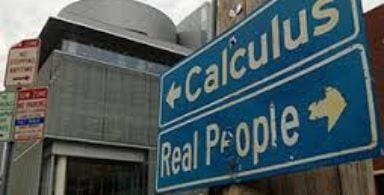- Course Type AP
- Subject Science and Mathematics
- Level Intermediate
- Length 1 Unit
- Effort /Unit
- Institution MITx
About This Course
How did Newton describe the orbits of the planets? To do this, he created calculus. But he used a different coordinate system more appropriate for planetary motion. We will learn to shift our perspective to do calculus with parameterized curves and polar coordinates. And then we will dive deep into exploring the infinite to gain a deeper understanding and powerful descriptions of functions.
How does a computer make accurate computations? Absolute precision does not exist in the real world, and computers cannot handle infinitesimals or infinity. Fortunately, just as we approximate numbers using the decimal system, we can approximate functions using series of much simpler functions. These approximations provide a powerful framework for scientific computing and still give highly accurate results. They allow us to solve all sorts of engineering problems based on models of our world represented in the language of calculus.
- Changing Perspectives
- Parametric Equations
- Polar Coordinates
- Series and Polynomial Approximations
- Series and Convergence
- Taylor Series and Power Series
This course, in combination with Parts 1 and 2, covers the AP* Calculus BC curriculum.
Instructors
-
 David Jerison
David JerisonProfessor of Mathematics
MIT -
 Gigliola Staffilani
Gigliola Staffilani -
 Jen French
Jen French -
 Karene Chu
Karene Chu












